Explore the rich tradition of greetings in Nepali culture, where “Namaste” and “Namaskar” signify respect and unity. Discover the importance of these customs in fostering social bonds, preserving heritage, and overcoming cultural barriers. In order to show respect and warmth within the community the Nepali culture values greetings as a way.
“Namaste” and “Namaskar,” are considered two common greetings which are gestures of respect. “Namaste” is used in both formal and informal settings. “Namaskar” involves stretching out arms with palms together and bowing slightly.
Asking about health and family is common, showing care and interest. Showing respect towards elders by touching feet is a sign of respect. Traditional greetings remain deeply rooted in Nepali culture while hugs and handshakes are becoming more common in informal settings .
Understanding The Significance Of Greetings In Nepali Culture
In Nepali culture, greetings are strong traditions and deeply rooted customs. Greetings show respect and bring people together in the community. Greetings such as “Namaste” and “Namaskar” show respect to the person greeted and help create harmony. They also help show who is older or more important in society.
They also show care for others’ well-being and help keep the community together. Finally, greetings in Nepali culture have spiritual meaning showing that people are connected to something to each other. Learning why greetings are important in Nepali culture helps us understand the many traditions and values that make this society special.
The Importance Of Traditional Greetings In Nepali Culture
In Nepali culture the traditional greetings such as “Namaste” and “Namaskar,” are deeply rooted in Nepali history. These greetings show respect, humbleness and togetherness and are used in events like religious rituals. Physical gestures such as touching feet also hold significance in Nepali culture.
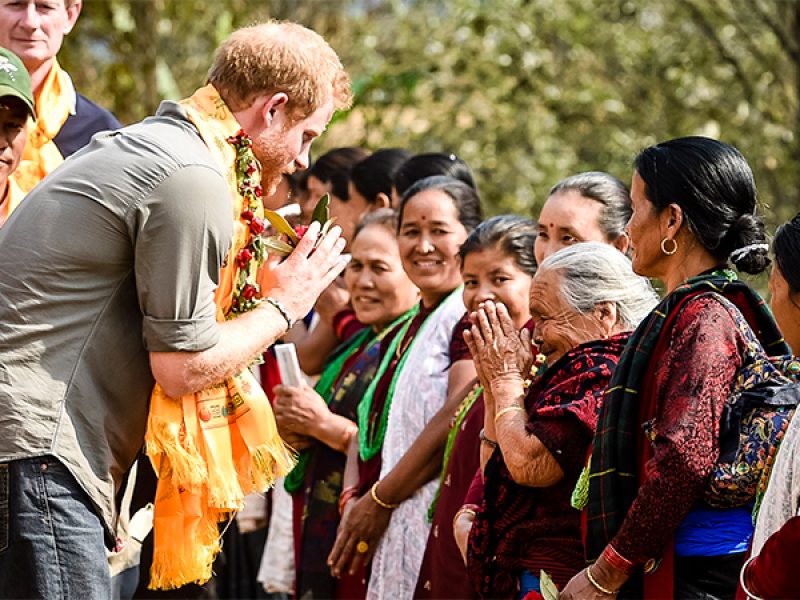
Nepali greetings often ask about health and family showing that people care about each other. Despite the rise of modern forms of greetings, traditional greetings like “Namaste” and “Namaskar” remain deeply rooted in Nepali culture by building friendships and making communities stronger.
The Power Of Greetings For Social Interactions
Greetings are very important in shaping social interactions across cultures. Greetings are the first thing people do and help decide how they talk to each other. And also helps people become friends and understand each other no matter what language they speak or where they come from.
It also shows who is more important or how well people know each other. Greetings helps to keep communities together by making people feel like they are part of a family. Greetings also express cultural identity and heritage which reflect unique beliefs, values, and norms.
By understanding the role of greetings in social interactions people can make good friendships, help each other understand and make society better.
Different Forms Of Greetings Around The World And In Nepal
Greetings vary across cultures each with its own significance and customs. Verbal greetings such as “hello,” “hi,” or “good morning,” are common in English-speaking cultures. Physical gestures like handshakes, hugs, or kisses are also common, reflecting respect and affection.
Non-verbal cues like eye contact, smiles and nods also contribute to communication. Cultural greetings often involve specific rituals or customs, such as the bowing gesture in Japan. Religious or ceremonial greetings performed during religious rituals or formal ceremonies, symbolize reverence towards a deity.
Greetings also vary depending on the time of day, occasion or social setting. Overall, greetings are essential tools for establishing connections and promoting harmony within communities.
The Cultural Significance Of Namaste
A traditional Nepali greeting that signifies respect, humility, and unity is known as Namaste. It involves bowing and bringing palms together, expressing respect towards every person. The greeting is used in both formal and informal contexts promoting unity and respect.
In religious ceremonies, it is offered as a gesture of paying respect to the gods.”Namaste” is not just about saying hello; it helps people feel connected to each other and respect each other. By practicing “Namaste,” individuals honor their ancestors’ traditions, cultivate meaningful relationships and contribute to society’s harmony.
The Symbolism & Tradition Of Tika In Nepali Culture
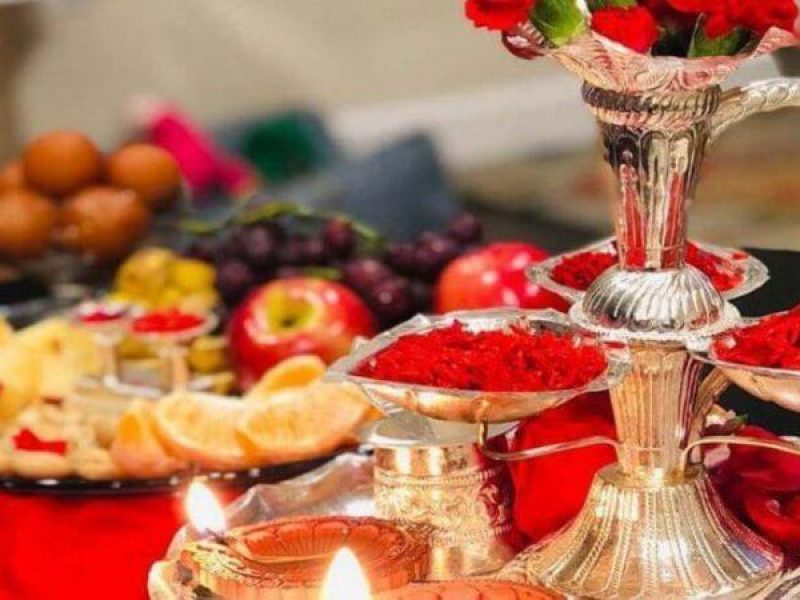
During special occasions and festivals in Nepal, people apply a red mark called Tika to the forehead. This cultural practice symbolizes prosperity, good fortune, and protection from harm, with the red color representing energy, power, and vitality.
Receiving tika symbolizes respect and gratitude towards the giver which is also considered as an ancient culture. During major Hindu festivals and weddings tika is exchanged. It honors traditions, celebrates heritage, and expresses Nepali identity as a diverse cultural community.
Importance Of Greetings In Daily Life In Nepali Culture
In Nepali culture, greetings are important customs showing kindness and respect towards the guests. Greetings are important for making friendships stronger and bringing communities together showing that people are connected and supportive of each other.
Greetings have strong connections to spiritual beliefs showing how people are connected to something greater within themselves and in others. It shows who is more important and how old people are, and they’re also important during celebrations helping to keep traditions alive and bring people together.
By understanding and practicing greetings with individuals contribute to the richness of Nepali society.
The Importance Of Respect And Politeness
Nepali culture deeply values respect and politeness, influencing social interactions and relationships. People show respect by using special titles, polite words, and listening to elders and those in charge.
Politeness is also highly valued by showing good behavior, gestures and language. Children are taught to show respect to elders and participate in religious rituals which shows the reputation of the family. Respect and politeness plays an important role in maintaining social harmony, understanding, tolerance and cooperation.
By following these values, Nepali people show that they care about their culture and also get along well with their community and help society stay strong and recover from challenges.
Role Of Community And Tradition In Nepal
The importance of community, tradition and mutual respect in building relationships is emphasized by Nepali culture. The concept of “mitrata” or friendship is central for Nepali culture. Nepali people prioritizing close-knit social circles and shared experiences.
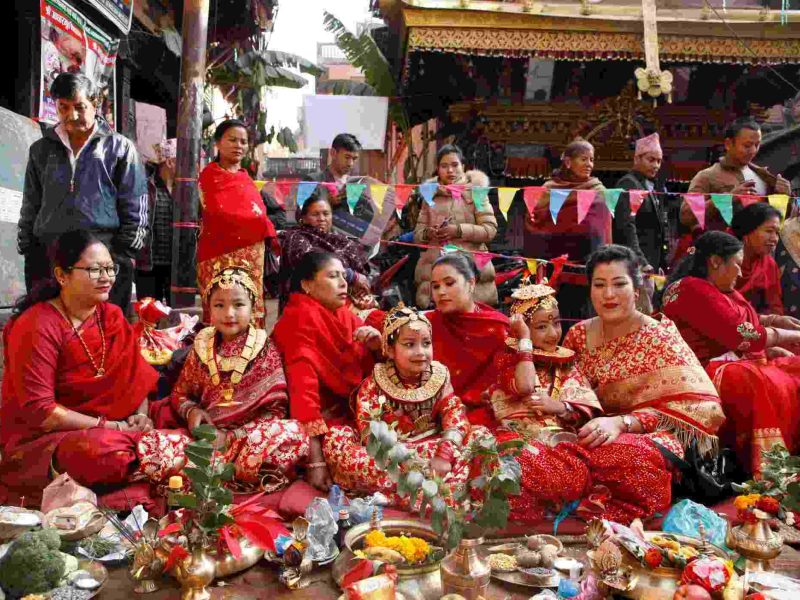
Traditional greetings like “Namaste” or “Namaskar” demonstrate openness and hospitality. Family ties are also important with multiple generations living together under one roof.
Nepali culture values respecting elders and close family ties, and people often support each other during good and tough times, showing kindness and unity. This warm, respectful and community-oriented approach creates meaningful connections that enrich lives and contribute to community vitality.
Greetings In Festive Occasions
Greetings during festive occasions hold special significance, symbolizing unity, joy, and cultural tradition. In Nepal, Dashain is a significant festival involving traditional greetings like “Namaste” or “Namaskar” to strengthen familial bonds and celebrate Nepal’s cultural heritage.
Tihar is also known as the festival of lights involving spreading joy and positivity through colorful decorations. The New Year, whether Nepali or Gregorian, is celebrated with expressions like “Naya Barsha ko Subhakamana” to symbolize optimism and renewal.
Greetings In Dashain
During Dashain, a significant festival in Nepal, people consider greetings important for expressing joy, unity, and cultural heritage. They exchange traditional greetings like “Namaste” or “Namaskar,” wishing for prosperity and blessings.
These greetings strengthen familial bonds and community ties, promoting unity and togetherness. They also honor cultural traditions and customs, preserving them for future generations. Hence, greetings during Dashain are more than just polite gestures.
Greetings In Tihar
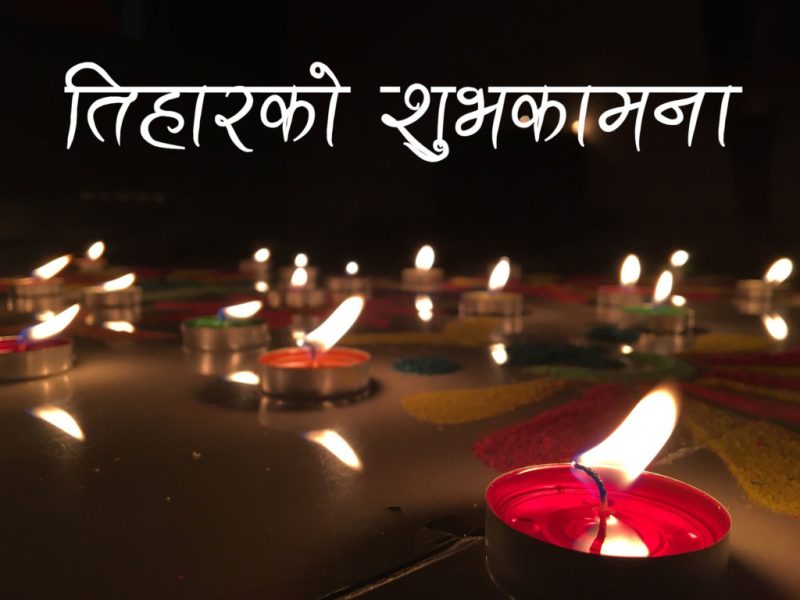
Tihar, the festival of lights, is a time for joy and positivity in Nepal. Families exchange warm greetings often accompanied by festive decorations. Greetings are expressions of love, unity and cultural pride.
The traditional greeting “Shubh Deepawali” or “Happy Tihar” is shared, symbolizing the success of light over darkness and unity. Tihar also honors cultural traditions, with colorful lights and rangolis decorating homes.
Greetings In New Year
During the New Year, greetings are exchanged among families, friends, and communities, often accompanied by traditional customs. The greeting “Happy New Year” or “Naya Barsha ko Subhakamana” expresses wishes for prosperity, happiness and success.
It signifies a fresh start, anticipation of new opportunities, and cultural traditions. Greetings serve as expressions of joy, hope, unity, strengthening relationships and celebrating the year ahead.
Gestures And Body Language In Greetings
Gestures and body language are important in greetings. It serves as non-verbal cues to convey respect, warmth and cultural norms. Common gestures include bowing, nodding and handshakes. Facial expressions such as smiling or maintaining eye contact also convey warmth.
Cultural differences influence the appropriateness of these cues. Physical touch, such as hugging or kissing, may vary among cultures. By recognizing these non-verbal cues, individuals can effectively navigate social interactions and foster positive relationships.
Impact Of Globalization On Greetings
Globalization has impacted greetings significantly by promoting the transmission of cultural traditions across borders. Traditional greetings have become more widely recognized, leading to a greater appreciation for cultural diversity.
However, Western-style greetings, such as handshakes and verbal greetings have become more common due to Western media, business practices and social norms. The rise of globalized communication platforms has accelerated the spread of Western-style greetings, particularly among younger generations.
Despite these challenges, many cultures are actively working to preserve their traditional greeting customs, cultural heritage and promoting intercultural understanding. By balancing traditional customs with global influences, communities can continue celebrating their unique identities.
Challenges And Adaptations Regarding Greetings
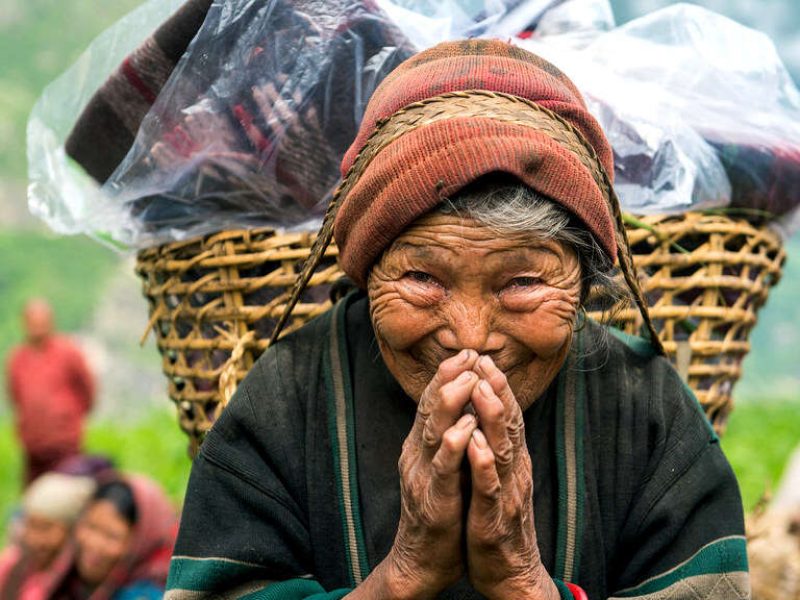
The generation gap and urbanization have led to a shift in greeting customs with younger generations preferring informal greetings and older generations valuing traditional ones. This disconnect can cause tension and miscommunication within families and communities.
Urbanization also presents challenges as social interactions become more transactional and impersonal and cultural diversity can make traditional greetings less appealing. To address these issues, adaptations include intergenerational dialogue, education about cultural traditions and greeting practices.
Community engagement and cultural exchange are also essential, with initiatives like cultural festivals and neighborhood gatherings promoting cultural exchange. By embracing diversity and finding common ground, communities can continue to exchange greetings and understanding across generations and urban landscapes.
Conclusion
In conclusion, Nepali greetings are deeply ingrained in society, reflecting values of respect, hospitality and unity. They serve as a bridge connecting individuals, families and communities, fostering cultural pride and overcoming linguistic barriers. As globalization and urbanization change, it’s crucial to preserve and adapt these timeless traditions, ensuring Nepali culture’s continued flourishing.
Frequently Asked Questions (FAQs)
1. What are traditional greetings in Nepali culture?
Traditional greetings in Nepali culture include “Namaste” or “Namaskar,” which involves pressing one’s palms together and bowing slightly.
2. Why are greetings important in Nepali culture?
Greetings in Nepali culture serve as expressions of respect, hospitality, and unity, fostering social bonds and reinforcing cultural identity.
3. How do greetings reflect Nepali cultural values?
It reflects Nepali cultural values by emphasizing respect for elders, hospitality towards guests, and a sense of interconnectedness within communities.
4. What role do greetings play in everyday interactions?
It set the tone for interactions, showing politeness, warmth, and acknowledgment of the other person’s presence.
5. How do Nepali people greet each other during festivals?
During festivals like Dashain and Tihar, Nepali people exchange warm greetings such as “Shubh Dashain” or “Happy Tihar,” symbolizing joy, prosperity, and togetherness.
6. How have globalization and urbanization impacted greetings in Nepali culture?
Globalization and urbanization have influenced greeting customs in Nepali culture by introducing Western-style greetings and changing social dynamics, leading to adaptations while also preserving traditional customs.
7. What can be done to preserve the art of greetings in Nepali culture?
Efforts to preserve the art of greetings in Nepali culture include educating younger generations about the significance of traditional customs, fostering intergenerational dialogue, and promoting community engagement in cultural events and festivals.
Introducing Trek Me Nepal: Embark on Unforgettable Journeys
At Trek Me Nepal, every step you take should be an adventure, every breath you inhale should be filled with the essence of nature, and every heartbeat should resonate with the rhythm of the mountains. We are a passionate team of explorers committed to crafting unforgettable trekking experiences in the breathtaking landscapes of Nepal.

Comment (0)